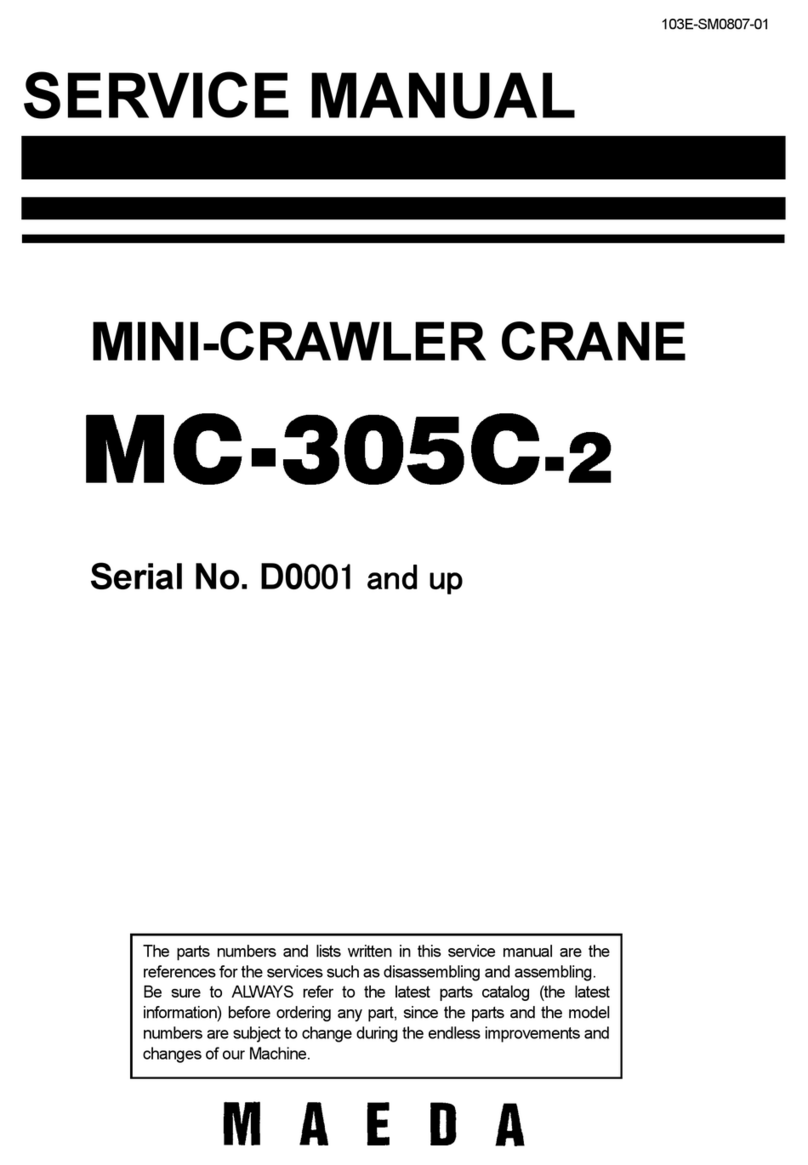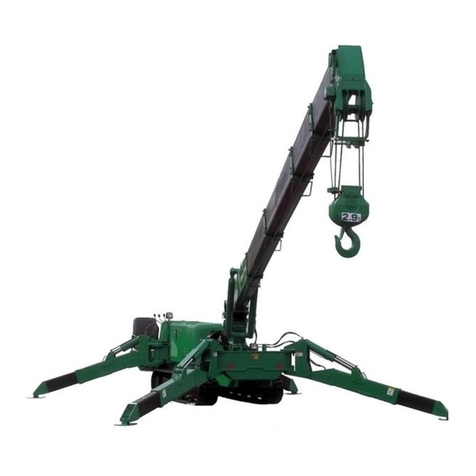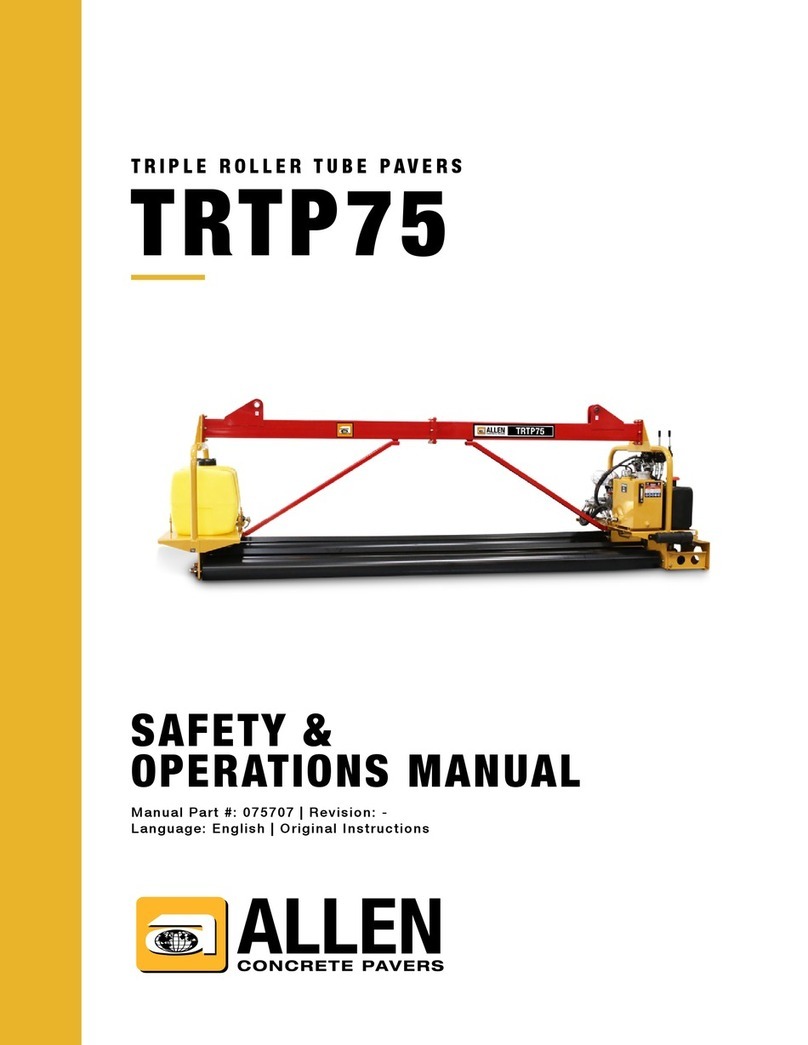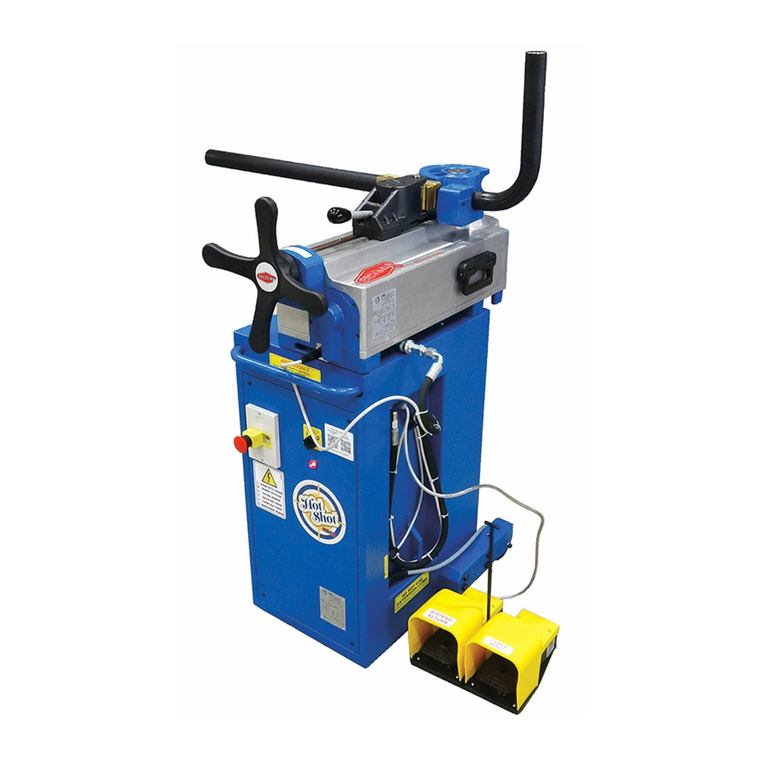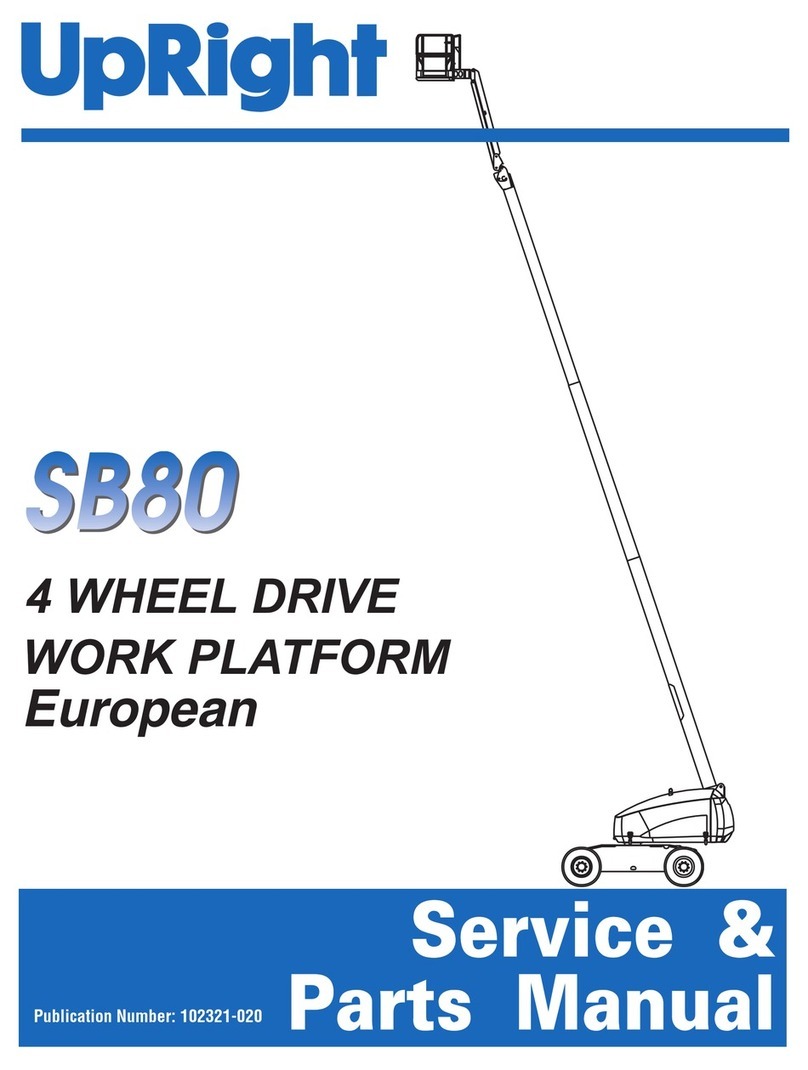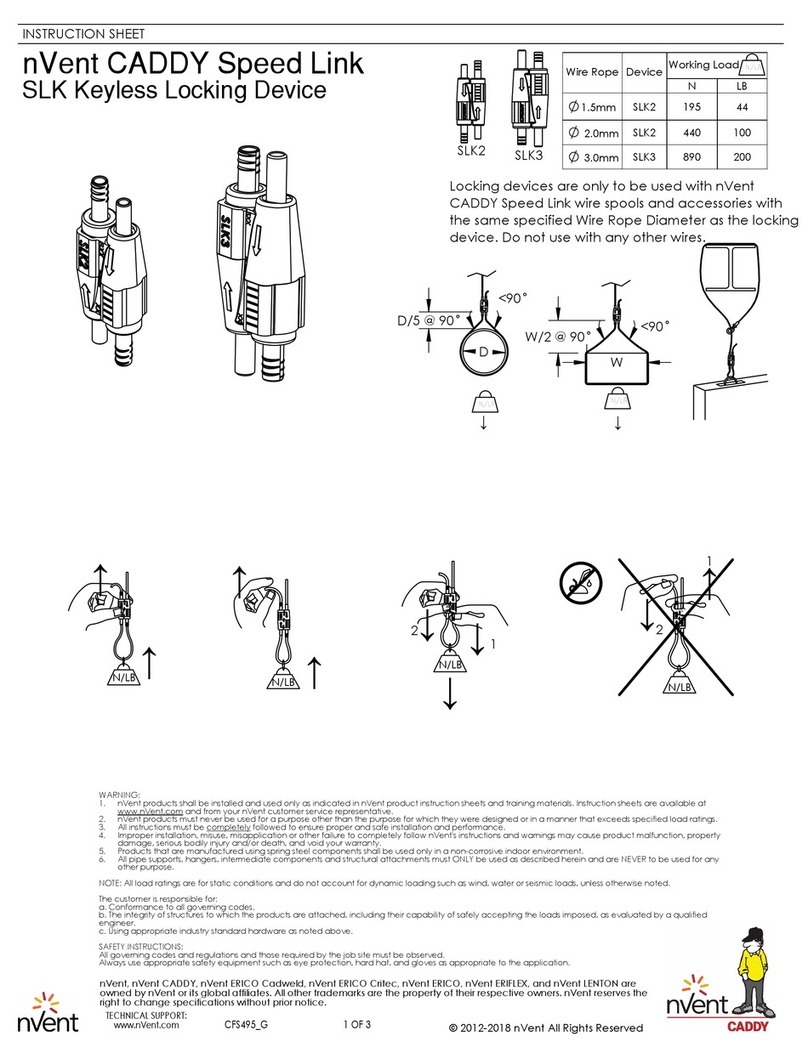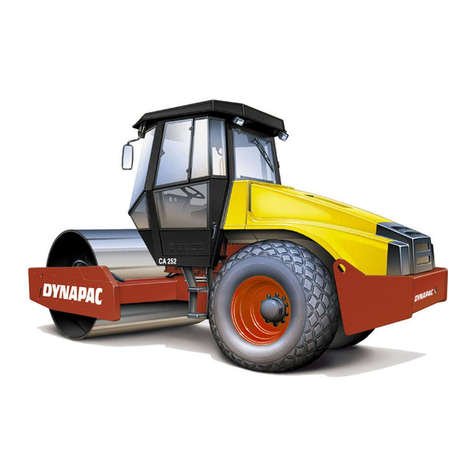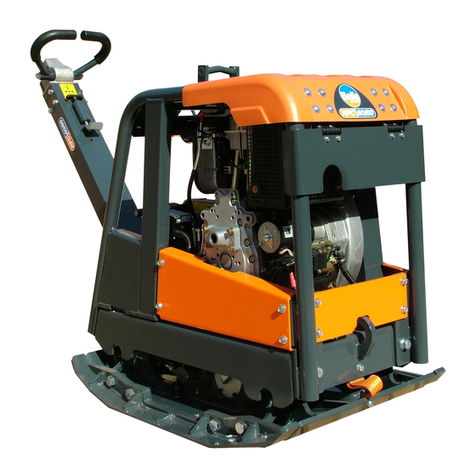Maeda LC1385M-8BF User manual




















This manual suits for next models
1
Table of contents
Other Maeda Construction Equipment manuals
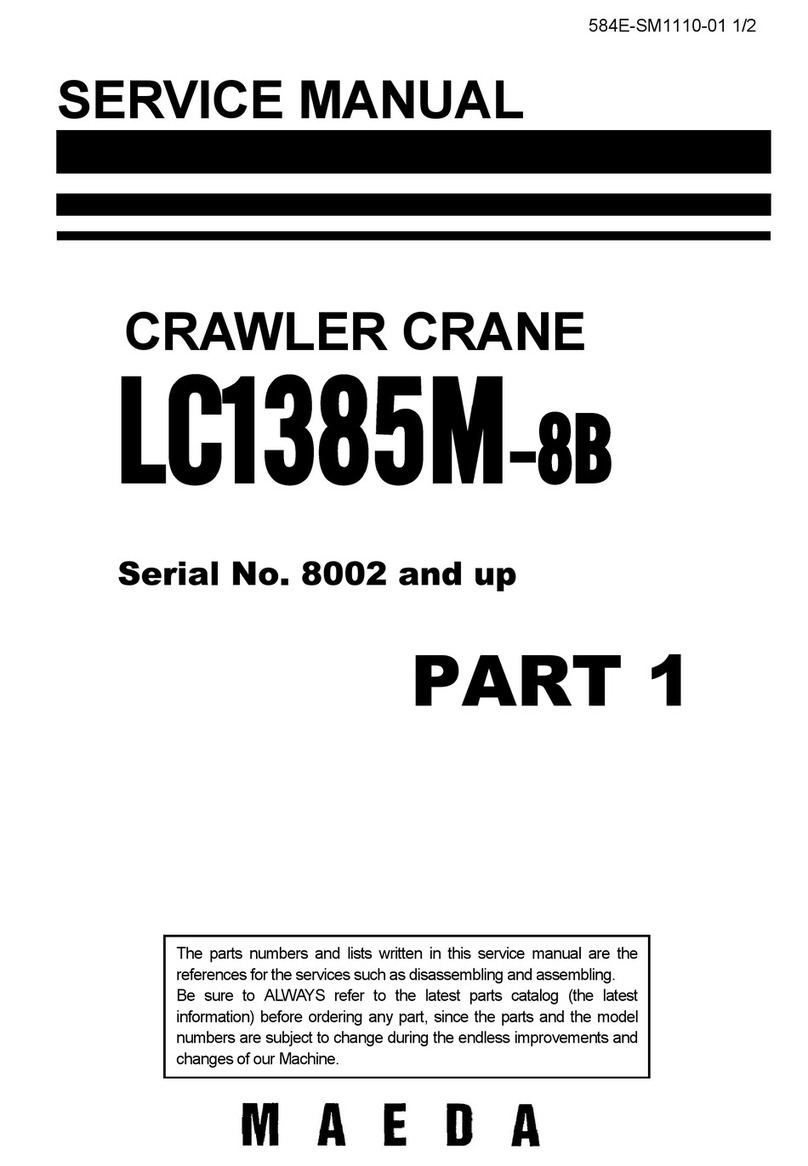
Maeda
Maeda LC1385M-8B User manual
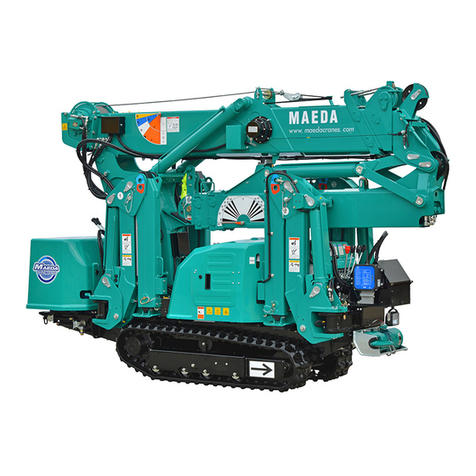
Maeda
Maeda MK1033C-1 User manual
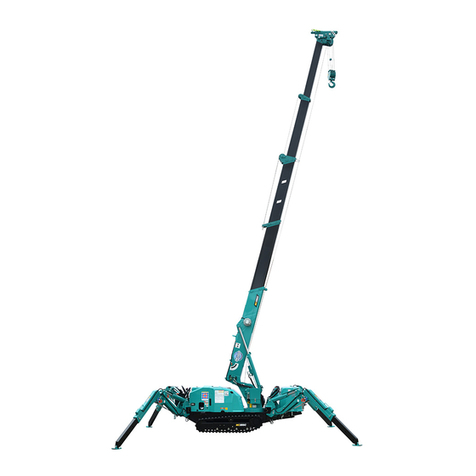
Maeda
Maeda MC285C-3 User manual
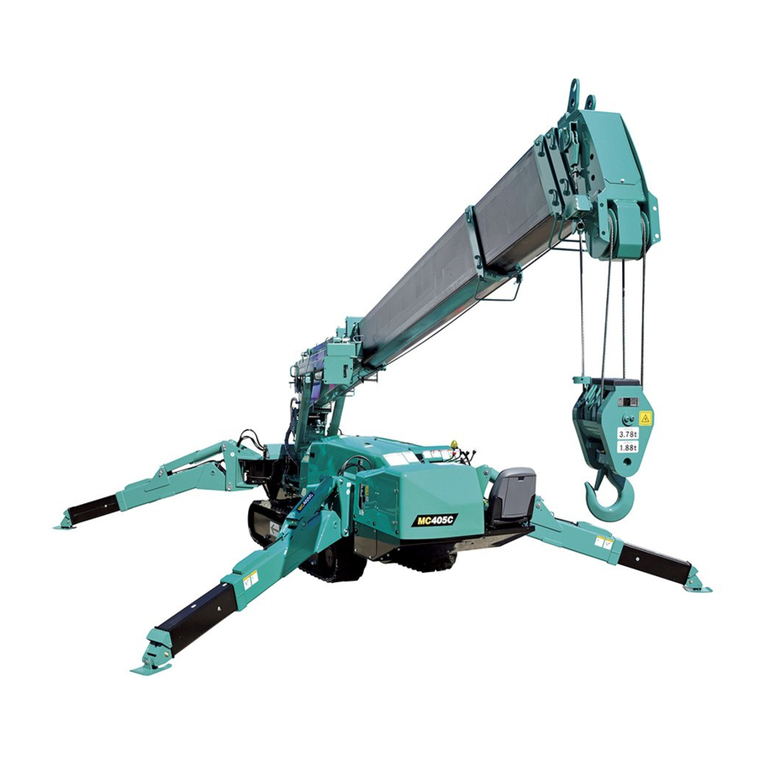
Maeda
Maeda MC405C-3 User manual
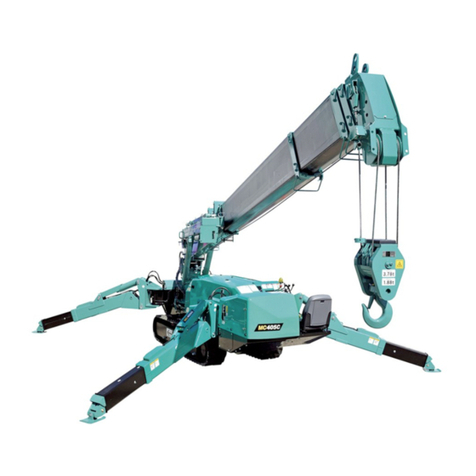
Maeda
Maeda MC-104C-2 User manual
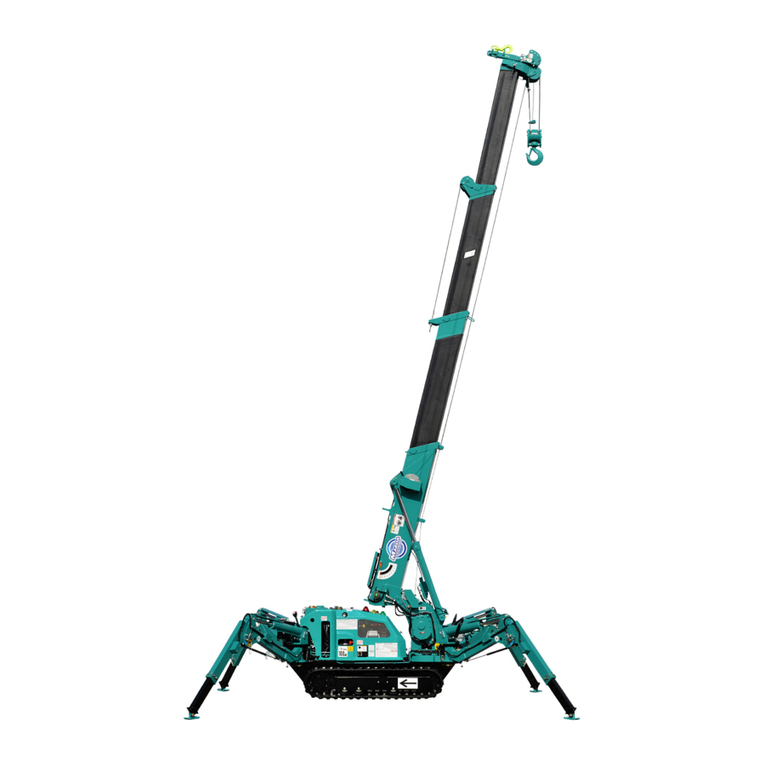
Maeda
Maeda MC-174CRM User manual
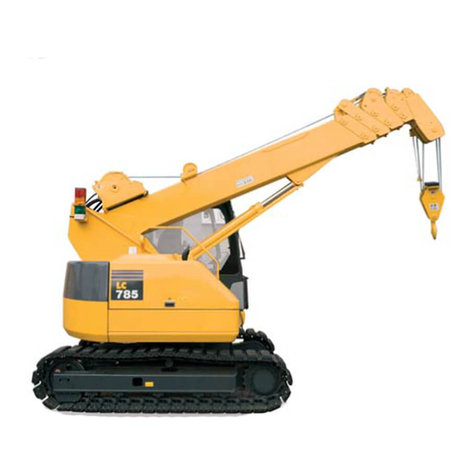
Maeda
Maeda LC785M-6B User manual

Maeda
Maeda MC-174CRM User manual
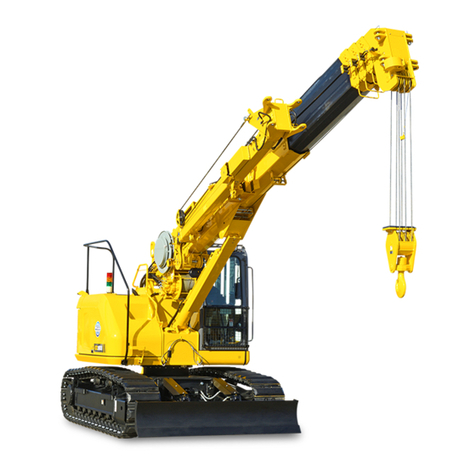
Maeda
Maeda CC1908S-1 User manual
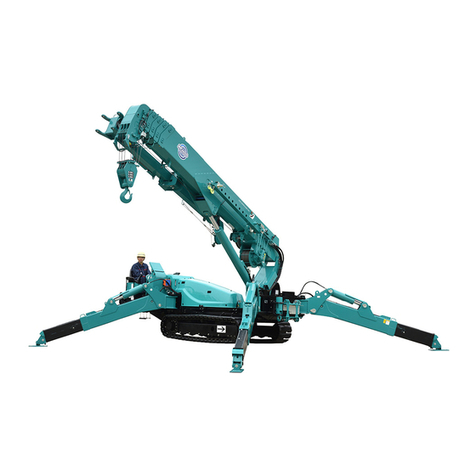
Maeda
Maeda MC815C User guide
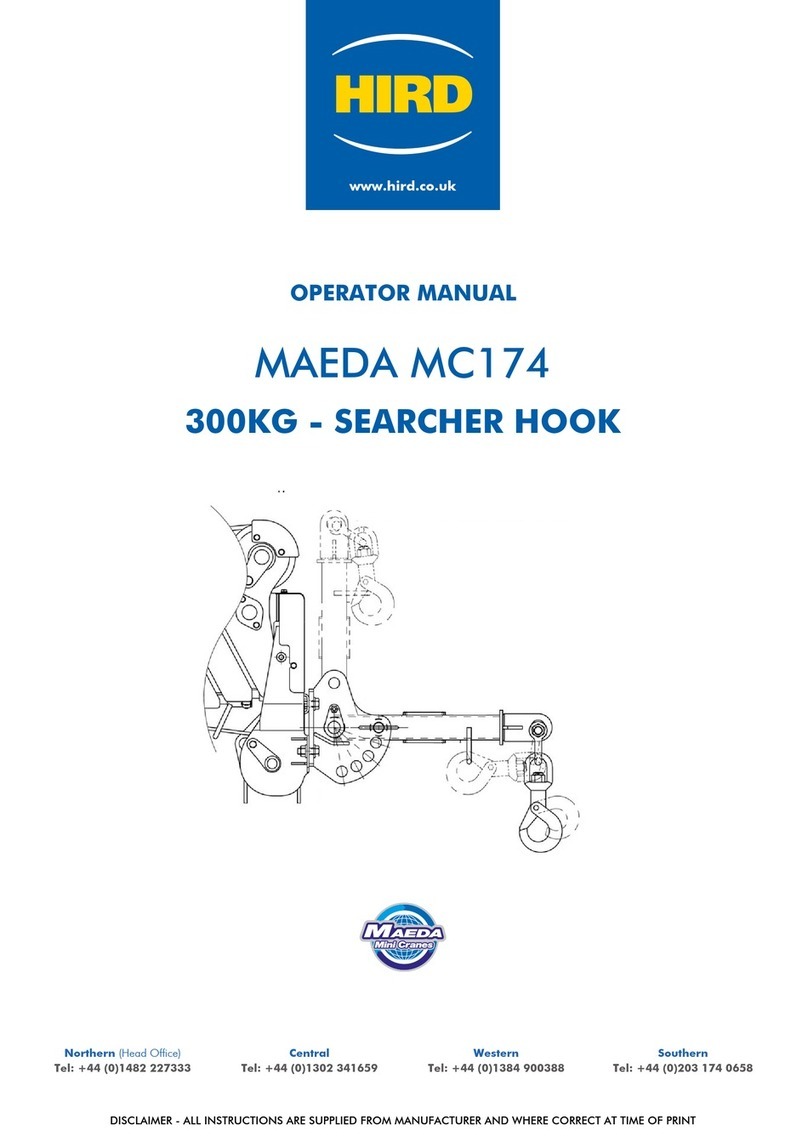
Maeda
Maeda MC174 User manual
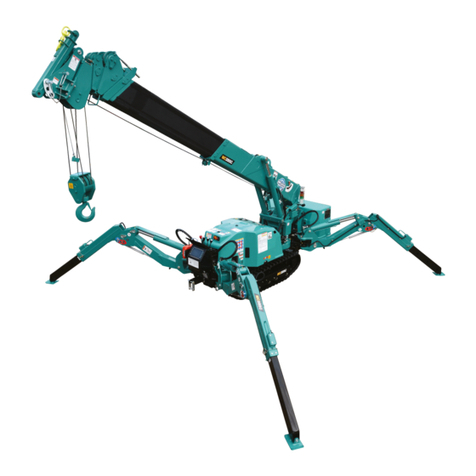
Maeda
Maeda MC-285C User guide

Maeda
Maeda MC815C User manual

Maeda
Maeda MC285CB-3 User manual

Maeda
Maeda MC-285C User manual

Maeda
Maeda CC1908S-1 User guide

Maeda
Maeda MC285C-2 User manual
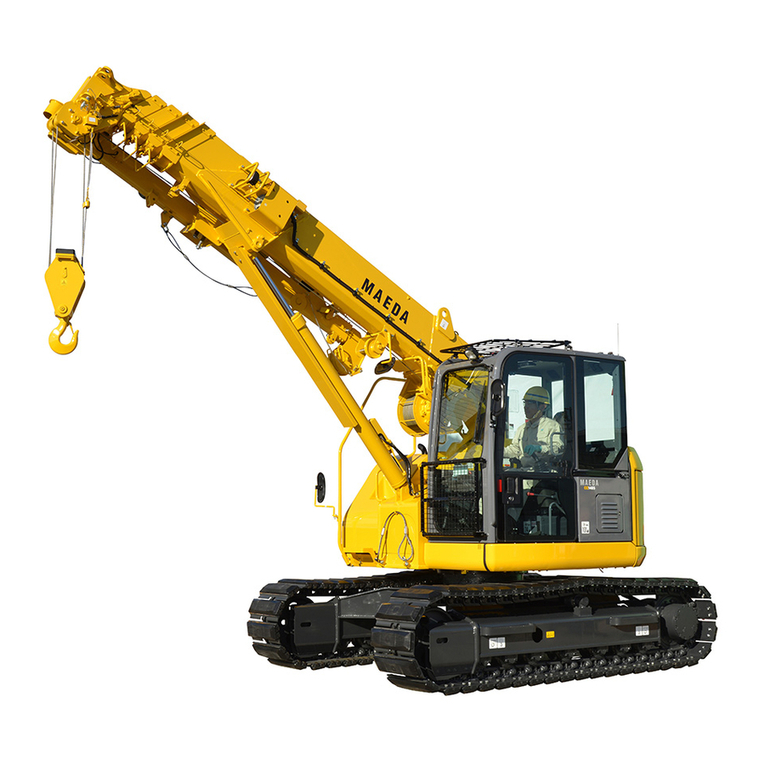
Maeda
Maeda CC1485S-1 User guide
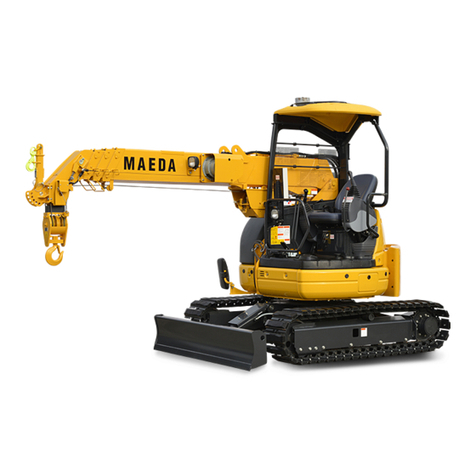
Maeda
Maeda LC383M-5 User manual
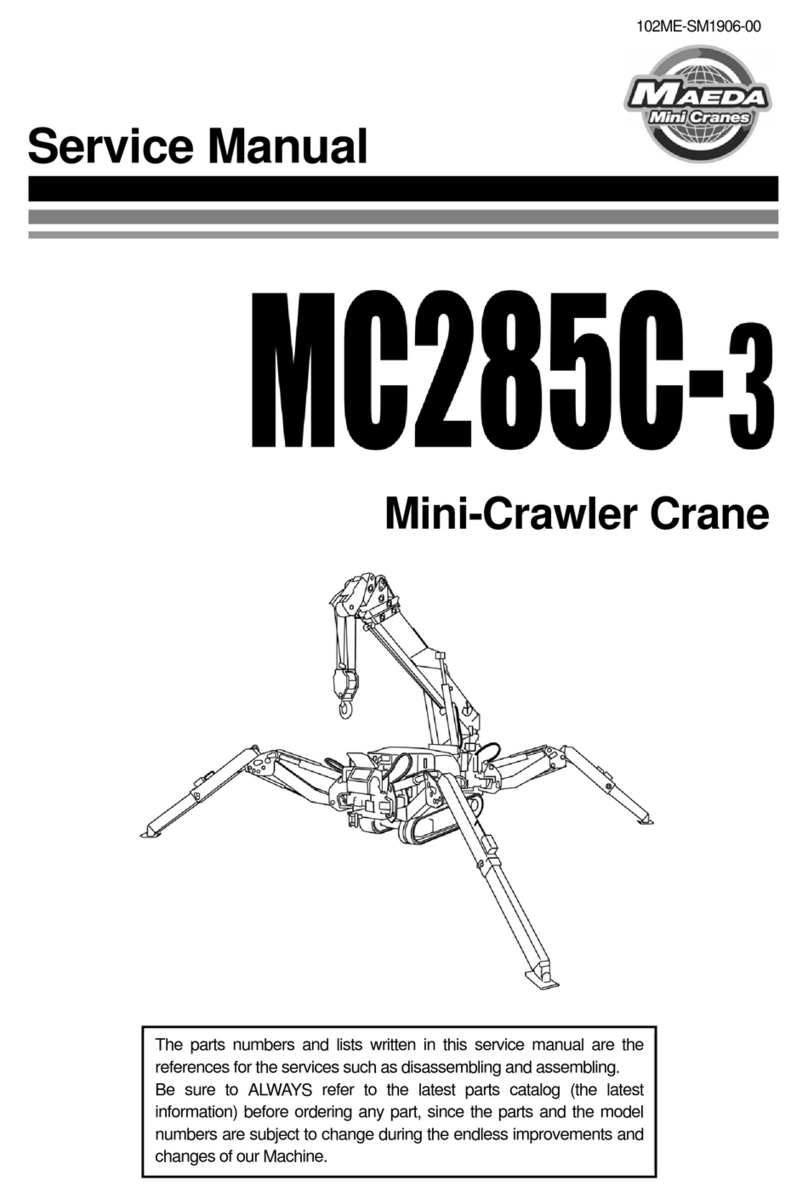
Maeda
Maeda MC285C-3 User manual
Popular Construction Equipment manuals by other brands
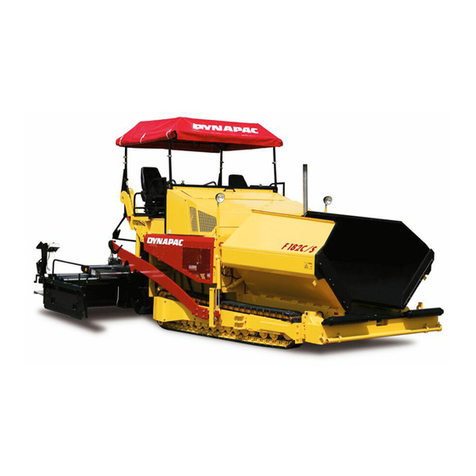
Atlas Copco
Atlas Copco Dynapac F 182 CS operation & maintenance

Snorkel
Snorkel MHP15HD Operator's manual
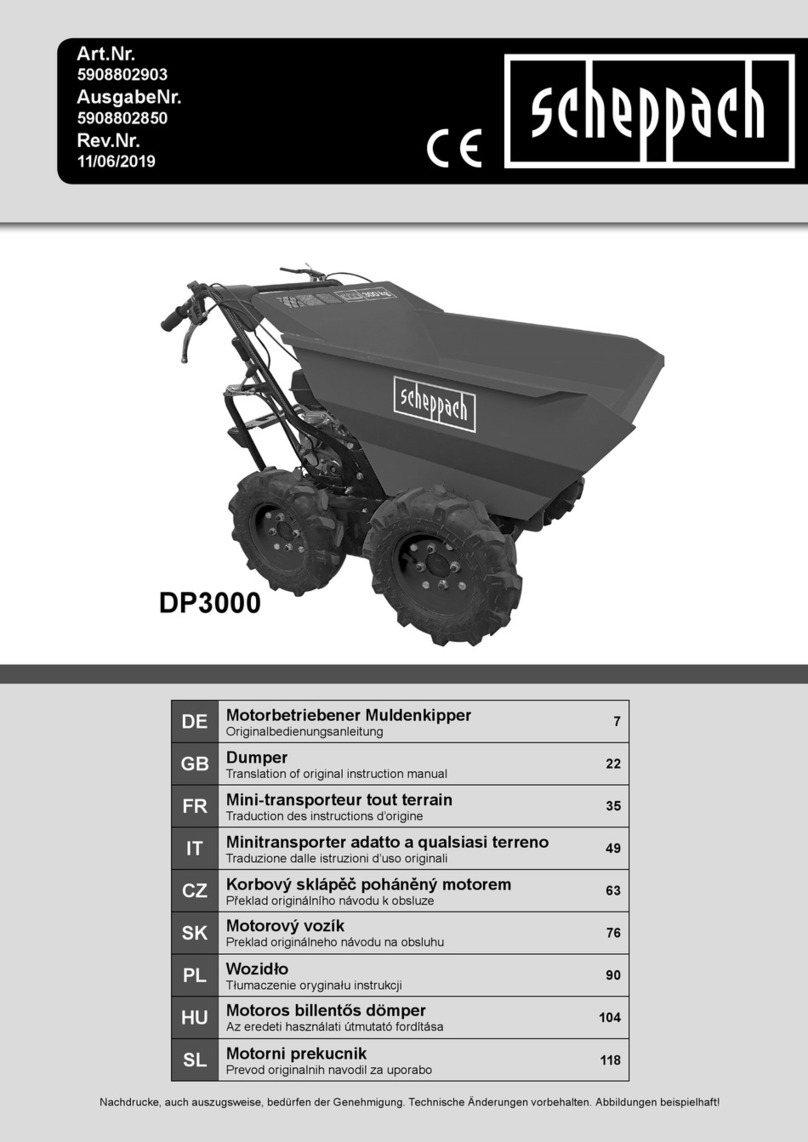
Scheppach
Scheppach DP3000 Translation of original instruction manual
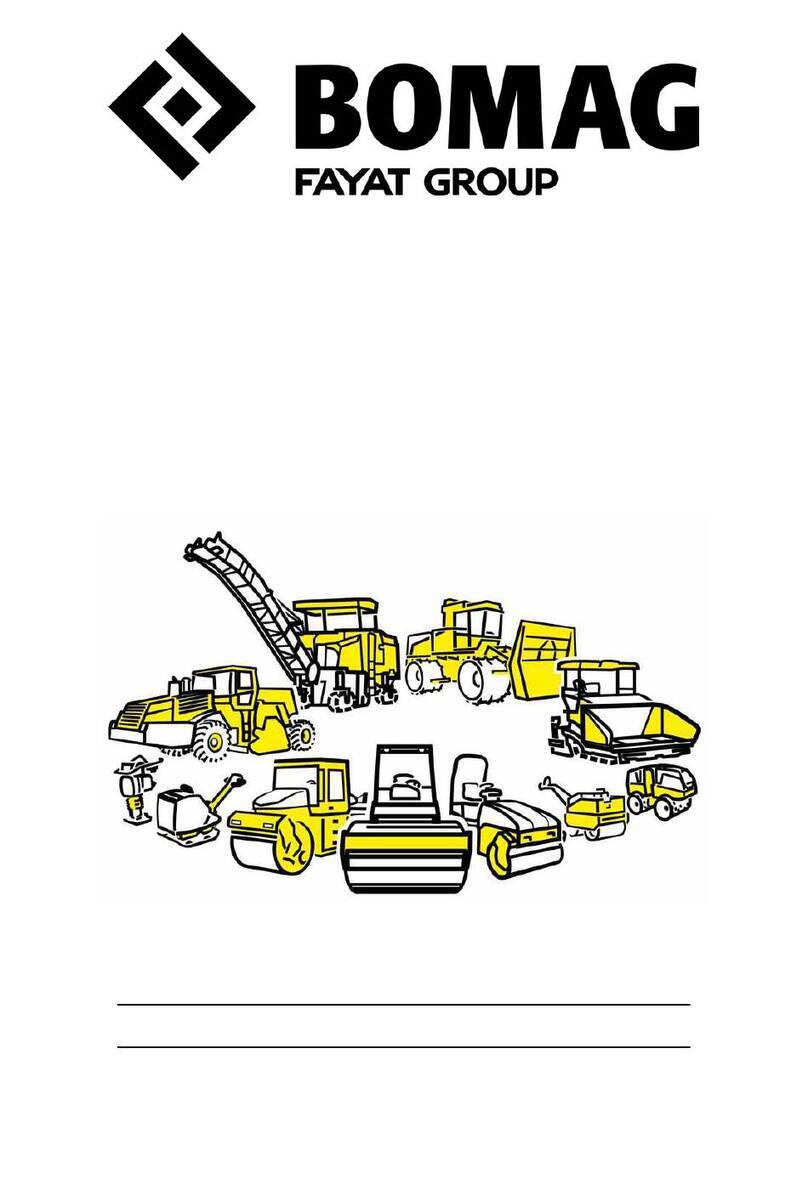
Fayat Group
Fayat Group BOMAG BW 226 DH-4i BVC operating instructions
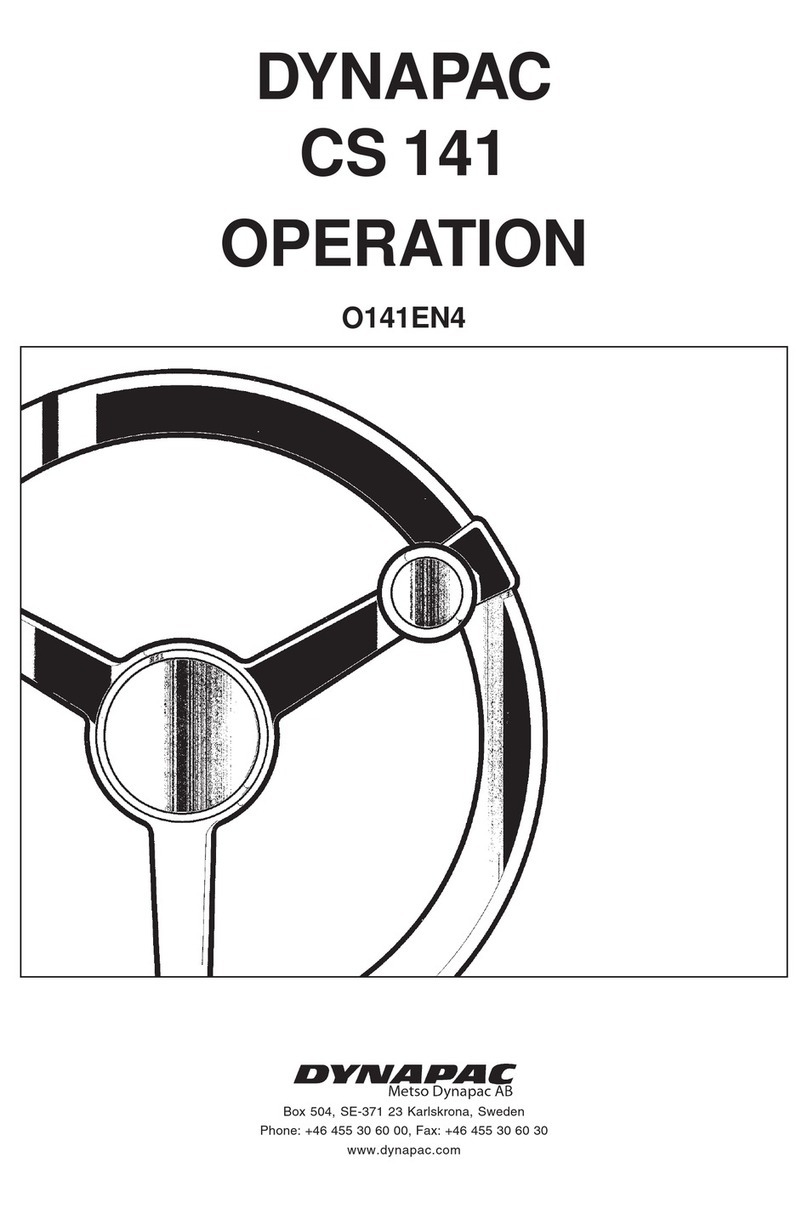
Dynapac
Dynapac CS 141 Operation manual
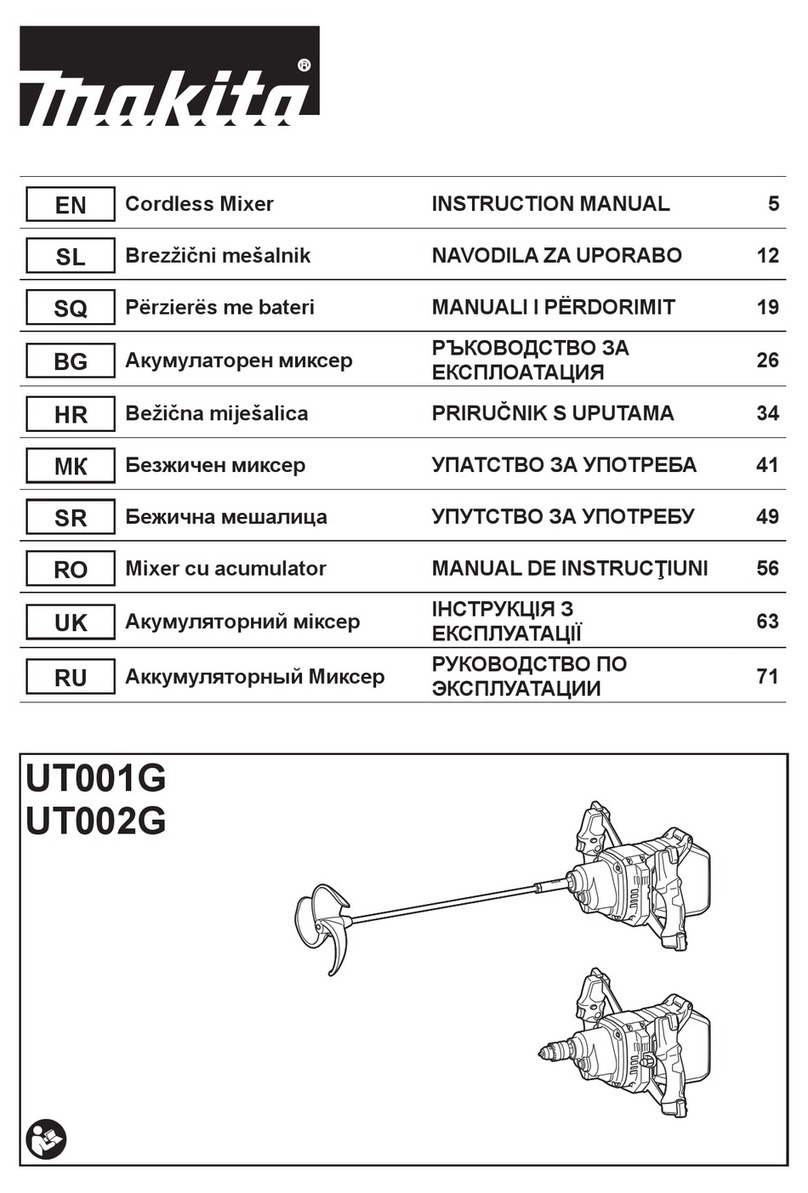
Makita
Makita UT001G instruction manual

Meec tools
Meec tools 251-019 operating instructions
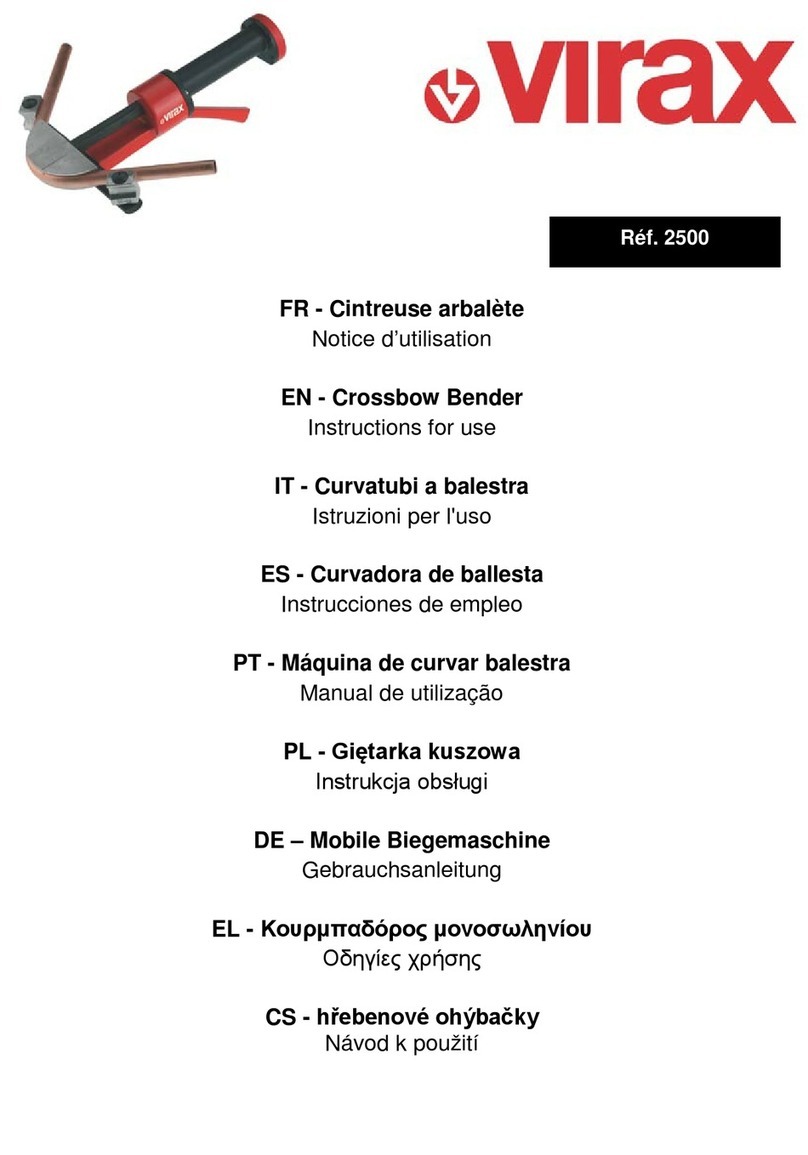
Virax
Virax 2500 Instructions for use

Norwood
Norwood LumberMax HD38 Original instructions
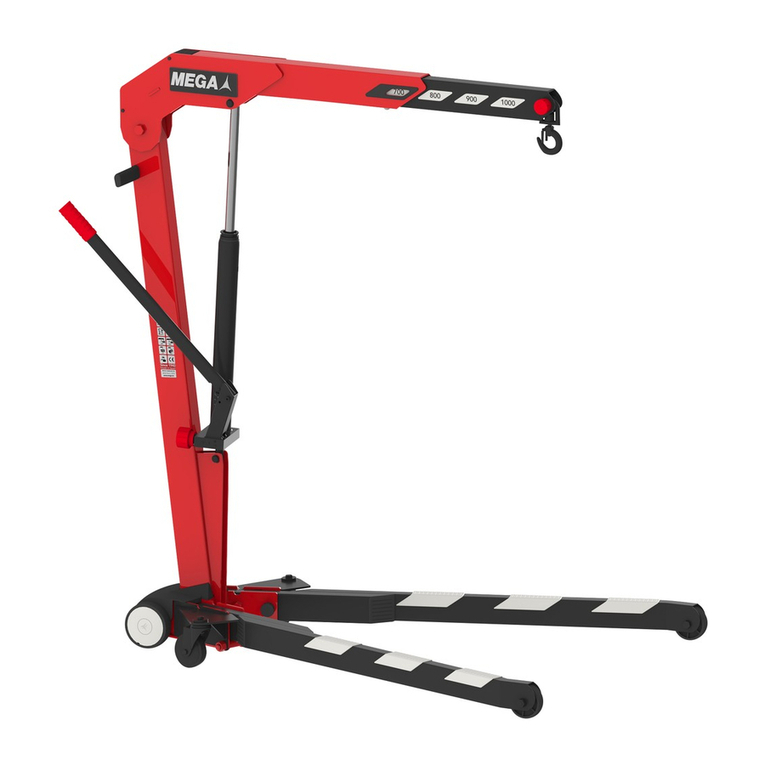
Mega
Mega FC-10A Operation and maintenance instructions
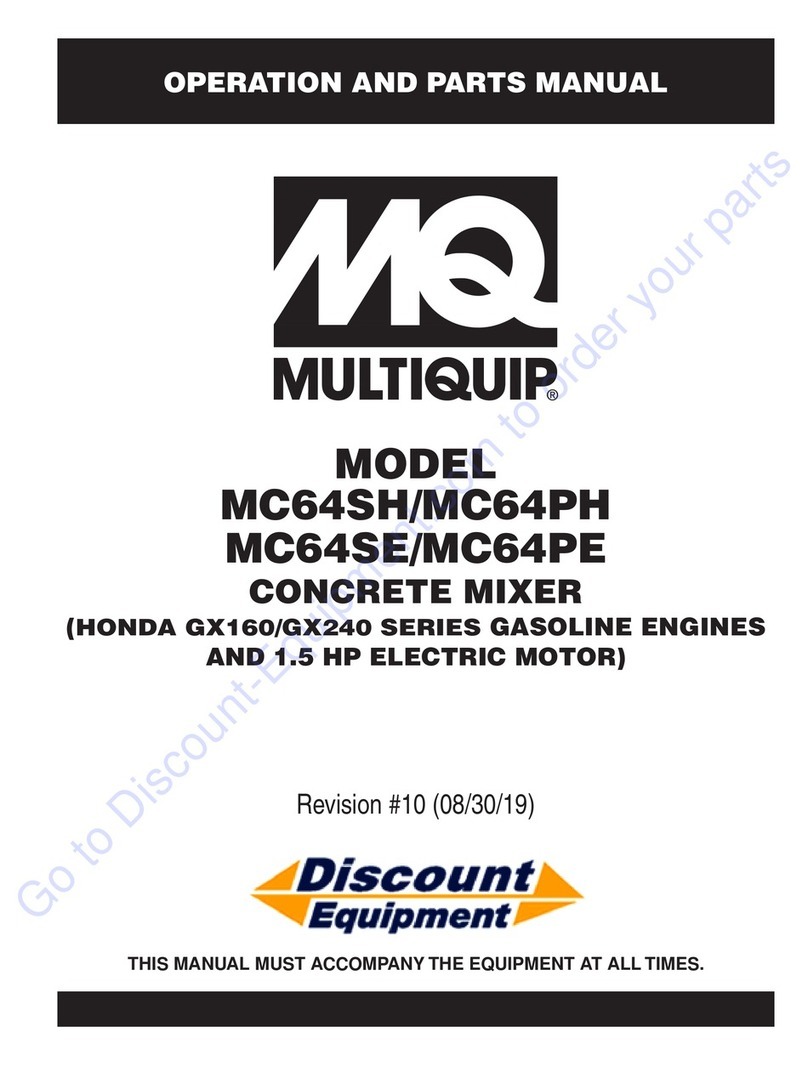
MULTIQUIP
MULTIQUIP MC64SH Operation and parts manual

Equipment Technologies
Equipment Technologies APACHE AS740 Operator's manual


